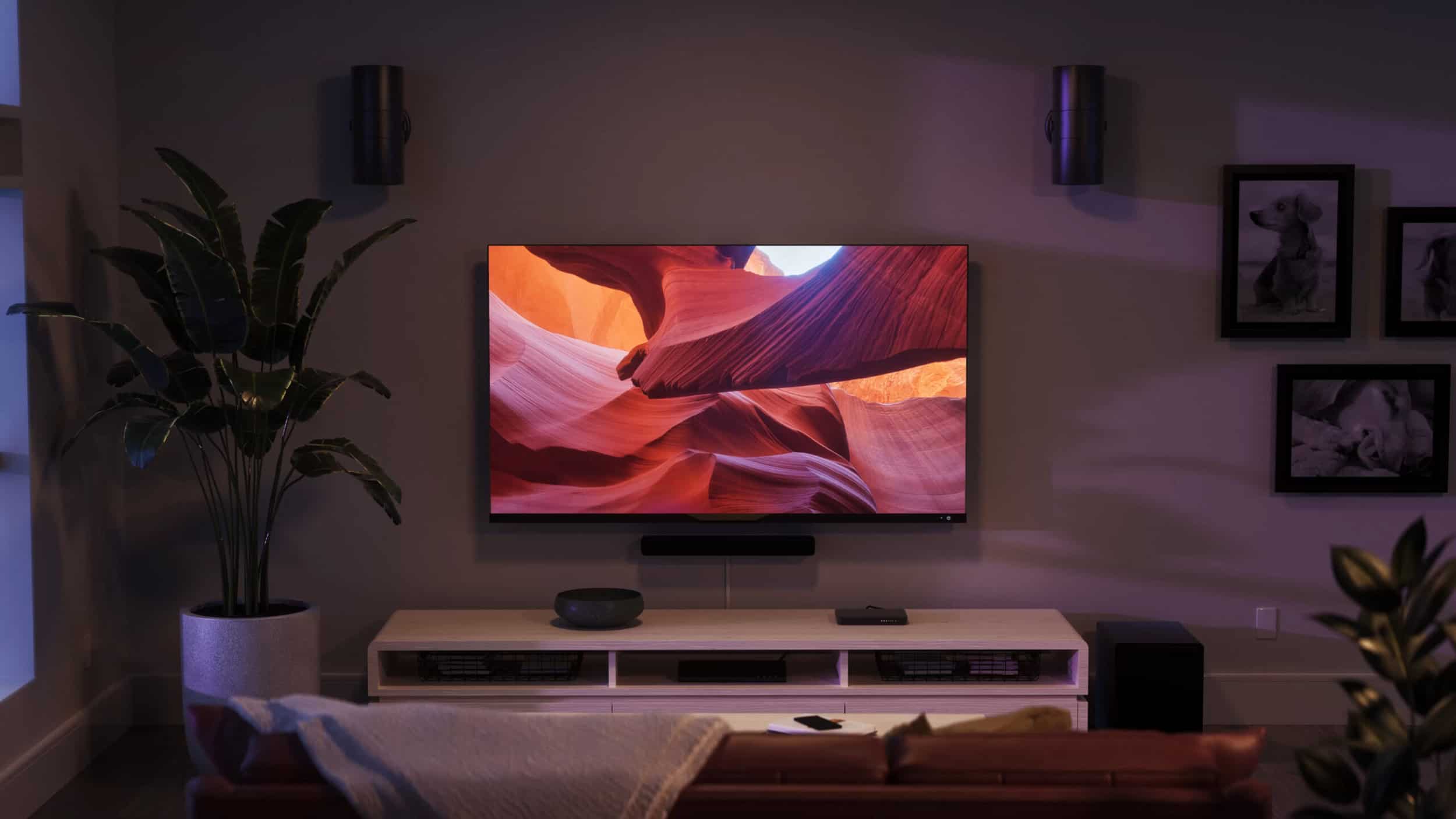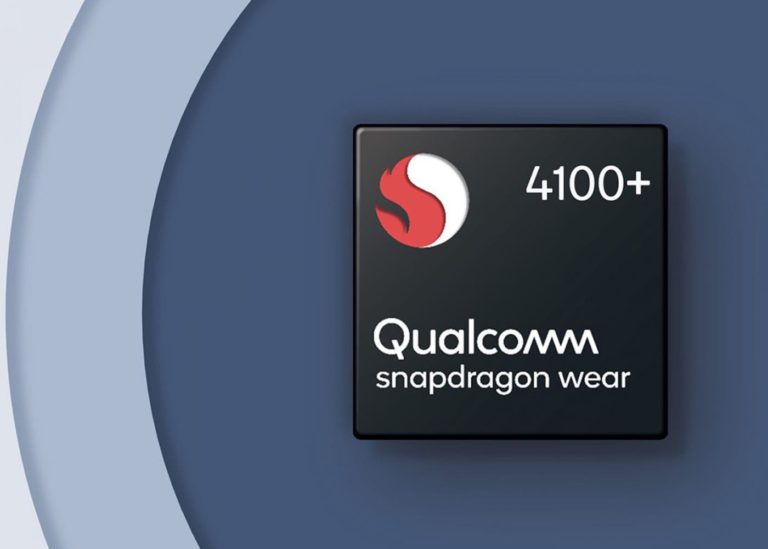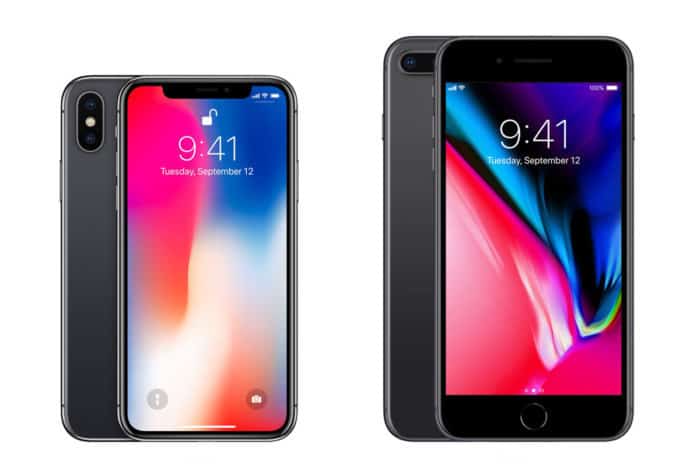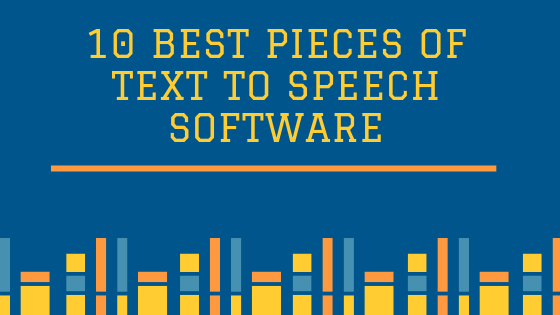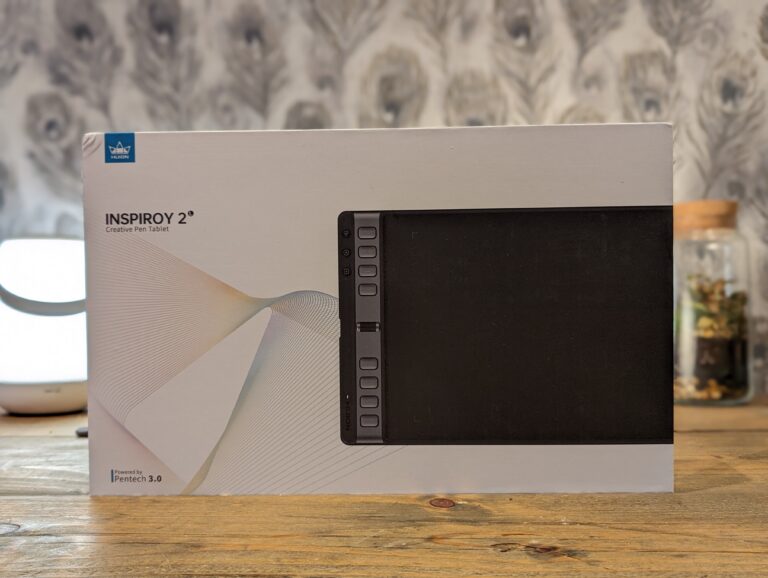Any links to online stores should be assumed to be affiliates. The company or PR agency provides all or most review samples. They have no control over my content, and I provide my honest opinion.
Even though I personally use the Nvidia Shield Pro, I have always been a big fan of the Amazon Fire TV Sticks, and I still use them for the kitchen and bedroom TVs. As good as the Shield is, the Fire TV Stick 4K Max is much better value for money.
Amazon has now announced the latest Fire TV Stick 4K Max, upgrading the original Max in 2021. They have also announced the new Fire TV Stick 4K – 2nd Gen, which upgrades the original 4K model from 2018.
As you’d expect, there is a big improvement in performance and the Fire TV Stick 4K Max – 2nd Gen (2023) will likely be the product I recommend to most people wanting a good quality streaming device.
Amazon Introduces Next-Generation Fire TV Sticks with Enhanced Features and Sustainable Design
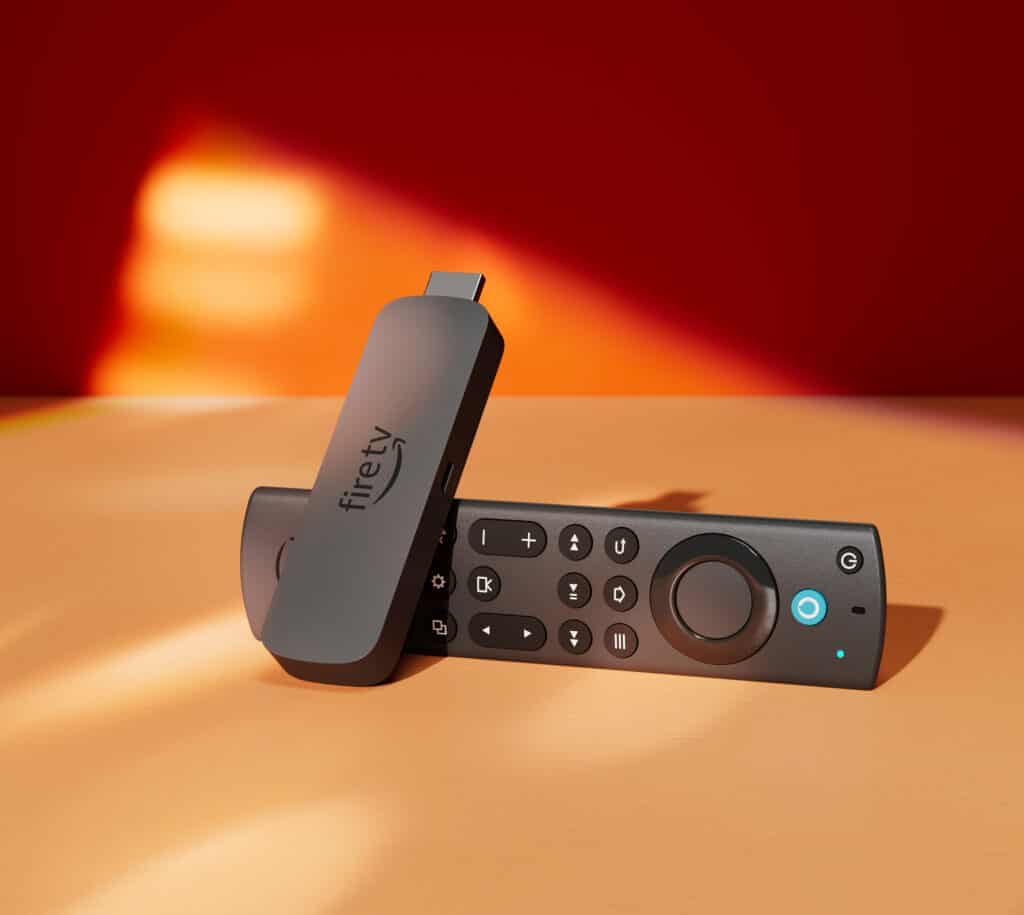
Amazon has rolled out a comprehensive update to its Fire TV family of streaming devices. The line-up now includes the all-new Fire TV Stick 4K Max and the updated Fire TV Stick 4K, each bringing a host of improvements. Let’s dive into the details to examine what these updated models offer.
All-New Fire TV Stick 4K Max: A Leap in Performance and Features for £69.99
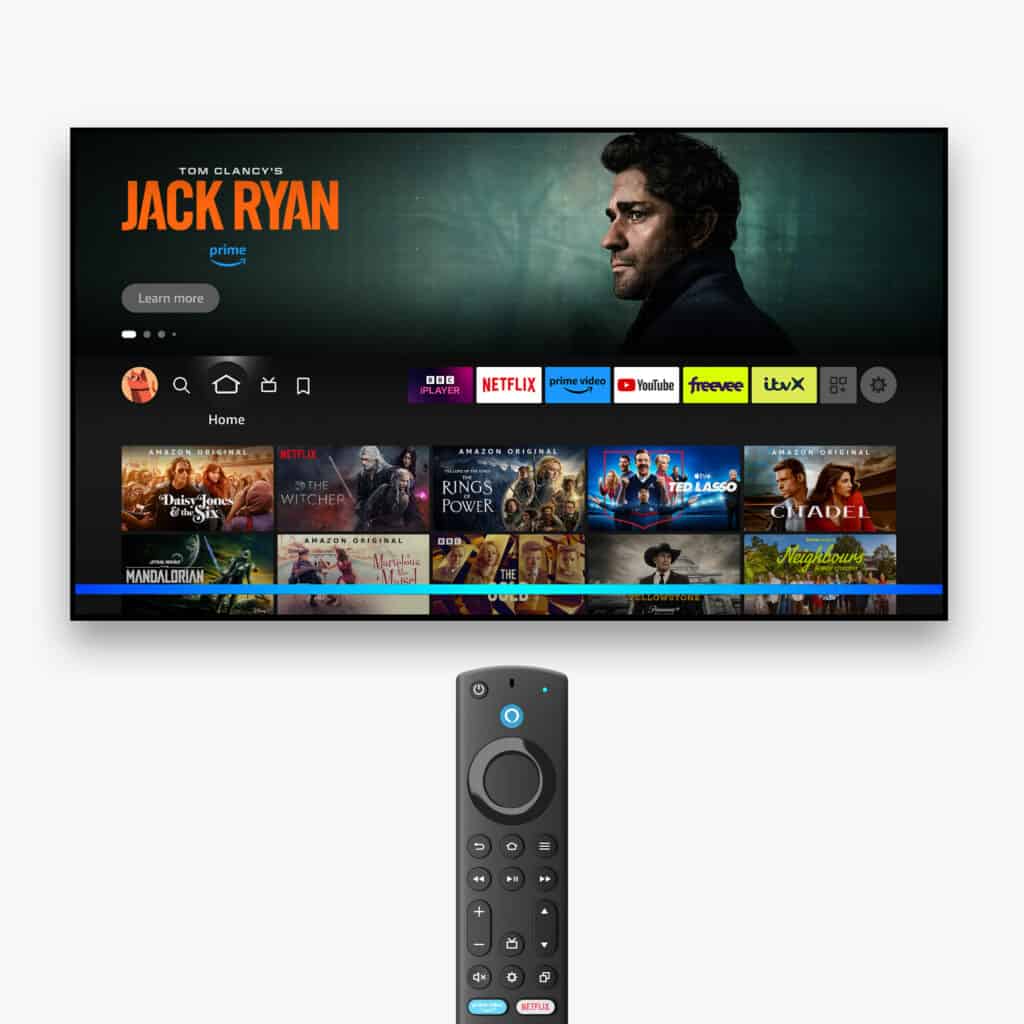
The Fire TV Stick 4K Max (2nd Gen) represents Amazon’s top-of-the-line streaming stick, featuring a multitude of upgrades aimed at enhancing user experience. At the core of the device is an upgraded 2.0 GHz quad-core processor that makes it Amazon’s most powerful streaming stick to date.
Wi-Fi 6E Support
This new device is the industry’s first streaming stick to support Wi-Fi 6E. Provided you have a compatible router, this feature offers smoother streaming experiences, lower latency, faster speeds, and reduced interference from other Wi-Fi-enabled devices.
Visual and Audio Upgrades
The device supports 4K Ultra HD along with various HDR formats such as Dolby Vision, HDR, and HDR10+. Audio-wise, it includes support for immersive Dolby Atmos audio, offering a cinematic experience.
Enhanced Storage and Remote Control
With 16GB of storage, the Fire TV Stick 4K Max offers twice the storage capacity of its predecessor, enabling you to store more apps and games directly on the device. It’s also the first in the Fire TV Stick line-up to feature the Alexa Voice Remote Enhanced, which comes with dedicated channel buttons and a “Recents” button for quicker access to the most-used apps or channels.
Fire TV Ambient Experience
The Fire TV Ambient Experience was previously exclusive to the Fire TV Omni QLED Series but has now been extended to the Fire TV Stick 4K Max. This feature transforms your TV screen into an art display. Amazon has even added hundreds of new pieces of artwork from international artists, with selections from iconic institutions like Musée d’Orsay and Museo del Prado.
Beyond art, the Ambient Experience also offers functionality like Calendar and Reminders, Sticky Notes, and control over smart home devices. Music streaming services like Amazon Music and Spotify are also integrated.
All-New Fire TV Stick 4K: Robust 4K Streaming for Under £60
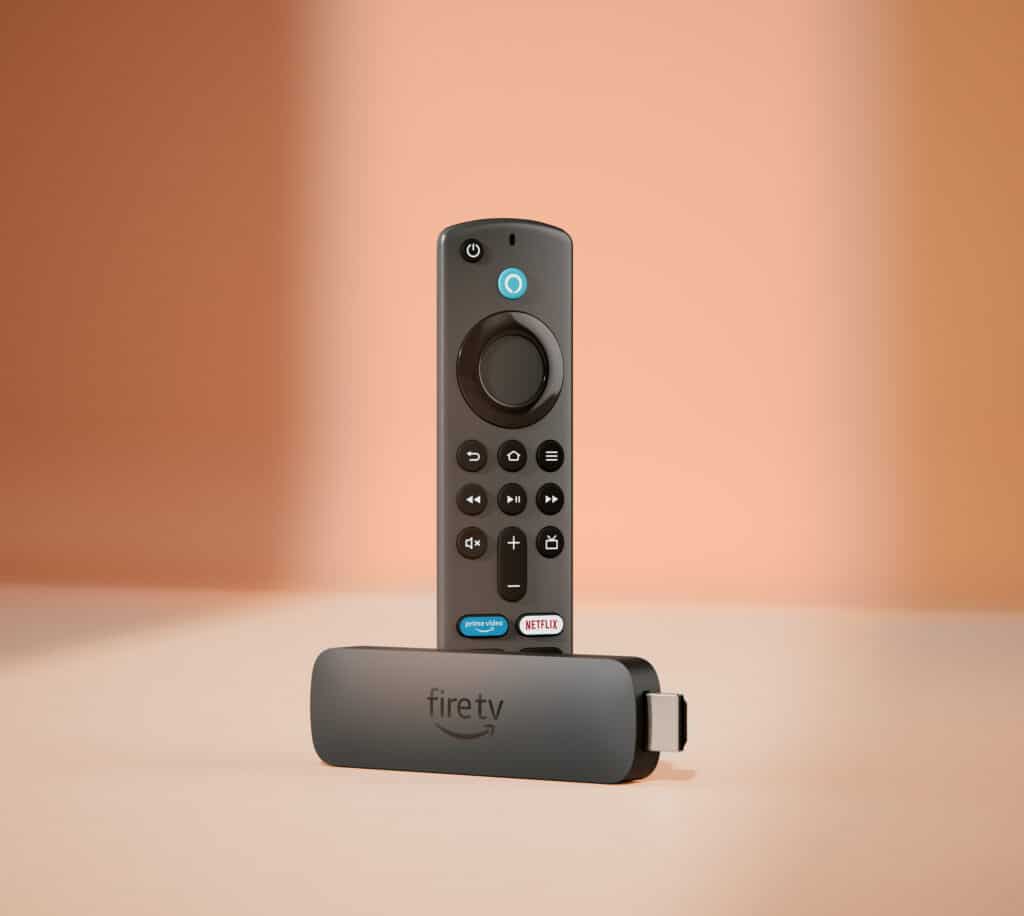
The updated Fire TV Stick 4K also offers significant improvements. It now features a 1.7 GHz quad-core processor, a nearly 30% boost in power compared to its predecessor. The device supports Wi-Fi 6, 4K Ultra HD, and various HDR formats, making it a well-rounded option for those looking for performance without breaking the bank.
Sustainable Design
Both new Fire TV Stick models carry the Climate Pledge Friendly badge, which signifies they have achieved the Carbon Trust’s Reducing CO2 certifications. The materials and design aspects have been focused on sustainability, including 99% wood-fibre-based packaging from responsibly managed forests or recycled sources. Additionally, a Low Power Mode helps to conserve energy during periods of inactivity.
Pricing and Availability
Both devices are now available for pre-order. The Fire TV Stick 4K Max is priced at £69.99, and the updated Fire TV Stick 4K is available for £59.99.
In summary, these latest additions to Amazon’s Fire TV Stick family offer compelling upgrades in performance, user experience, and sustainability. With a variety of price points and features, there’s likely an option that suits your streaming and smart home needs.
Fire TV Stick 4K Max 2nd Gen (2023) vs Fire TV Stick 4K Max – 1st Gen (2021) vs Fire TV Stick 4K – 2nd Gen (2023) vs Fire TV Stick 4K – 1st Gen (2018) Specifications Compared
| 2023 Fire TV Stick 4K Max | Amazon Fire TV Stick 4K Max 2021 | Fire TV Stick 4K – 2nd Gen (2023) | Amazon Fire TV Stick 4K 1 Gen 2018 | |
|---|---|---|---|---|
| Processor | Mediatek MT8696T | MediaTek MT8696 | Mediatek MT8696D | MediaTek MT8695 |
| CPU | 4x ARM Cortex – A55 up to 2.0 GHz | 4x ARM Cortex-A53 @ 1.8 GHz | 4x ARM Cortex – A55 up to 1.7 GHz | 4x ARM Cortex-A53 1.7 GHz |
| GPU | GE9215 up to 850 MHz | IMG PowerVR GE9215 @ 750Mhz | GE9215 up to 650 MHz | IMG PowerVR GE8300 @ 650 MHz |
| RAM | 2GB LPDDR4 | 2GB | 2GB LPDDR4 | 1.5GB |
| Storage | 16 GB | 8GB | 8 GB | 8GB |
| HDMI | HDMI 2.1 output with ARC input support | HDMI 2.1 output with ARC input support | ||
| Picture Quality | Up to 4K UHD (3840×2160) | Up to 4K UHD (3840×2160) | Up to 4K UHD (3840×2160) | Up to 4K UHD (3840×2160) |
| Dolby Vision | Yes | Yes | Yes | Yes |
| HDR | HDR10 HDR10+ HLG Dolby Vision | HDR10 HDR10+ HLG Dolby Vision | HDR10 HDR10+ HLG Dolby Vision | HDR10 HDR10+ HLG Dolby Vision |
| Remote | Alexa Voice Remote Enhanced | 3rd-Gen Alexa Voice Remote | 2nd-Gen Alexa Voice Remote | |
| Wi-Fi | Wi-Fi 6E tri-band | Wi-Fi 6 | Wi-Fi 6 | Wi-Fi 5 |
| Ethernet | No – 10/100 External (Sold Separately) | No – 10/100 External (Sold Separately) | No – 10/100 External (Sold Separately) | No – 10/100 External (Sold Separately) |
| OS | Fire OS 8 Android Level 30 (Android 11) | Fire OS 7 (Android 9) | Fire OS 8 Android Level 30 (Android 11) | Fire OS 6 (Android 7.1) |
| Video Decoding | Dolby Vision. Dolby Vision support for Profile 4-MEL, 5, 8, 9. (Up to Level 9 for profiles 5 and 8. Up to Level 5 for Profile 9) H.265 (HEVC). Hardware accelerated up to 3840x2160p (4K) @ 60 fps, 35 Mbps, Main 10 Profile Level 5.1, Color space 8-bit and 10-bit input with HDR10, HDR10+, and HLG H.264. Hardware accelerated up to 3840x2160p (4K) @ 60 fps, 20 Mbps, High 10 Profile Level 5.2 H.263. Hardware accelerated up to 1080p @ 30 fps, 6 Mbps, Profile 0 Level 70 VP8. Supported up to 1080p 30 fps. Baseline profile, non-secure VP9. Hardware accelerated up to 4K @ 60 fps, Profile 2 up to 30 Mbps MPEG-2. Hardware accelerated up to 1080p @ 60 fps MPEG-4. Up to 1080p @ 30 fps, Simple and Advanced Simple Profiles Level 5, non-secure AV1. Hardware accelerated up to 3840x2160p (4K) @ 60 fps, 100Mbps, Main Profile Level 5.1, Color space 8-bit and 10-bit input with HDR10, HDR10+, and HLG | Dolby Vision. Dolby Vision support for Profile 4-MEL, 5, 8, 9. (Up to Level 9 for profiles 5 and 8. Up to Level 5 for Profile 9.) H.265 (HEVC). Hardware accelerated up to 3840x2160p (4K) @ 60fps, 35 Mbps, Main 10 Profile Level 5.1, Color space 8-bit and 10-bit input with HDR10, HDR10+, and HLG. H.264. Hardware accelerated up to 3840x2160p (4K) @ 60fps, 20 Mbps, High 10 Profile Level 5.2 H.263. Hardware accelerated up to 1080p @ 30fps, 6 Mbps, Profile 0 Level 70 VP8. Supported up to 1080p 30fps. Baseline profile, non-secure VP9. Hardware accelerated up to 4K @ 60fps, Profile 2 up to 30 Mbps MPEG-2. Hardware accelerated up to 1080p @ 60fps MPEG-4. Up to 1080p @ 30fps, Simple and Advanced Simple Profiles Level 5, non-secure AV1. Hardware accelerated up to 3840x2160p (4K) @60fps, 100Mbps, Main Profile Level 5.1, Color space 8-bit and 10-bit input with HDR10, HDR10+, and HLG. | Dolby Vision. Dolby Vision support for Profile 4-MEL, 5, 8, 9. (Up to Level 9 for profiles 5 and 8. Up to Level 5 for Profile 9) H.265 (HEVC). Hardware accelerated up to 3840x2160p (4K) @ 60 fps, 35 Mbps, Main 10 Profile Level 5.1, Color space 8-bit and 10-bit input with HDR10, HDR10+, and HLG H.264. Hardware accelerated up to 3840x2160p (4K) @ 60 fps, 20 Mbps, High 10 Profile Level 5.2 H.263. Hardware accelerated up to 1080p @ 30 fps, 6 Mbps, Profile 0 Level 70 VP8. Supported up to 1080p 30 fps. Baseline profile, non-secure VP9. Hardware accelerated up to 4K @ 60 fps, Profile 2 up to 30 Mbps MPEG-2. Hardware accelerated up to 1080p @ 60 fps MPEG-4. Up to 1080p @ 30 fps, Simple and Advanced Simple Profiles Level 5, non-secure AV1. Hardware accelerated up to 3840x2160p (4K) @ 60 fps, 100 Mbps, Main Profile Level 5.1, Color space 8-bit and 10-bit input with HDR10, HDR10+, and HLG | Dolby Vision. Dolby Vision support for Profile 4-MEL, 5, 8, 9. (Up to Level 9 for profiles 5 and 8. Up to Level 5 for Profile 9.) H.265 (HEVC). Hardware accelerated up to 3840x2160p (4K) @ 60fps, 35 Mbps, Main 10 Profile Level 5.1, Color space 8-bit and 10-bit input with HDR10, HDR10+, and HLG. H.264. Hardware accelerated up to 3840x2160p (4K) @ 60fps, 20 Mbps, High 10 Profile Level 5.2 H.263. Hardware accelerated up to 1080p @ 30fps, 6 Mbps, Profile 0 Level 70 VP8. Supported up to 1080p 30fps. Baseline profile, non-secure VP9. Hardware accelerated up to 4K @ 60fps, Profile 2 up to 30 Mbps MPEG-2. Hardware accelerated up to 1080p @ 60fps MPEG-4. Up to 1080p @ 30fps, Simple and Advanced Simple Profiles Level 5, non-secure |
| Audio Codecs | Dolby MAT transcoding for Streaming application AC3 (Dolby Digital) / EAC3 (Dolby Digital Plus) / Atmos(DDP+JOC) / AC4(Atmos) / Dolby TrueHD (Atmos) MPEG-H passthrough AAC Profile (AAC LC). Support for up to 8 channels from 8 kHz to 48 kHz MPEG-4 HE AAC Profile (AAC+). Support for up to 8 channels from 8 kHz to 48 kHz MPEG-4 HE AACv2 Profile (enhanced AAC+). Support for up to 8 channels from 8 kHz to 48 kHz AAC ELD (enhanced low delay AAC). Support for up to 8 channels from 8 kHz to 48 kHz xHE-AAC (enhanced HE-AAC). Support for up to 8 channels from 8 kHz to 48 kHz FLAC. Up to 48kHz, 2 channels, 16-bit and 24-bit (no dither for 24 bit) MIDI. MIDI (Type 0 and 1), DLS (Version 1 and 2), XMF, and Mobile XMF. Ringtone formats RTTTL/RTX, OTA, and iMelody MP3. Up to 48kHz, 2 channels in DSP (16-bit and 24-bit) and software (16-bit) Vorbis. Ogg (.ogg), Matroska (.mkv). PCM/Wave. Up to 192kHz, 8 channels, 16-bit and 24-bit AMR-NB. Supported Opus. Up to 8 channels, 48 kHz | Dolby Atmos (EC3_JOC). Up to 48kHz, 8 channels, 16-bit and 24-bit. Dolby Atmos is available on select Netflix, Prime Video, and Disney+ titles when connected to compatible equipment. AC3 (Dolby Digital). Up to 48kHz, 6 channels, 16-bit and 24-bit eAC3 (Dolby Digital Plus). Up to 48kHz, 8 channels, 16-bit and 24-bit AAC-LC. Up to 48kHz, 6 channels, 16-bit and 24-bit HE-AACv1 (AAC+). Up to 48kHz, 6 channels, 16-bit and 24-bit HE-AACv2 (enhanced AAC+). Up to 48kHz, 6 channels, 16-bit and 24-bit FLAC. Up to 48kHz, 2 channels, 16-bit and 24-bit (no dither for 24 bit) MIDI. MIDI (Type 0 and 1), DLS (Version 1 and 2), XMF, and Mobile XMF. Ringtone formats RTTTL/RTX, OTA, and iMelody MP3. Up to 48kHz, 2 channels in DSP (16-bit and 24-bit) and software (16-bit) Vorbis. Ogg (.ogg), Matroska (.mkv). PCM/Wave. Up to 96kHz, 6 channels, 16-bit and 24-bit AMR-NB. Supported Opus. Up to 8 channels, 48 kHz | Dolby MAT transcoding for Streaming application AC3 (Dolby Digital) / EAC3 (Dolby Digital Plus) / Atmos(DDP+JOC) / AC4(Atmos) / Dolby TrueHD (Atmos) MPEG-H passthrough AAC Profile (AAC LC). Support for up to 8 channels from 8 kHz to 48 kHz MPEG-4 HE AAC Profile (AAC+). Support for up to 8 channels from 8 kHz to 48 kHz MPEG-4 HE AACv2 Profile (enhanced AAC+). Support for up to 8 channels from 8 kHz to 48 kHz AAC ELD (enhanced low delay AAC). Support for up to 8 channels from 8 kHz to 48 kHz xHE-AAC (enhanced HE-AAC). Support for up to 8 channels from 8 kHz to 48 kHz FLAC. Up to 48kHz, 2 channels, 16-bit and 24-bit (no dither for 24 bit) MIDI. MIDI (Type 0 and 1), DLS (Version 1 and 2), XMF, and Mobile XMF. Ringtone formats RTTTL/RTX, OTA, and iMelody MP3. Up to 48kHz, 2 channels in DSP (16-bit and 24-bit) and software (16-bit) Vorbis. Ogg (.ogg), Matroska (.mkv). PCM/Wave. Up to 192kHz, 8 channels, 16-bit and 24-bit AMR-NB. Supported Opus. Up to 8 channels, 48 kHz | Dolby Atmos (EC3_JOC). Up to 48kHz, 8 channels, 16-bit and 24-bit. Dolby Atmos is available on select Netflix, Prime Video, and Disney+ titles when connected to compatible equipment. AC3 (Dolby Digital). Up to 48kHz, 6 channels, 16-bit and 24-bit eAC3 (Dolby Digital Plus). Up to 48kHz, 8 channels, 16-bit and 24-bit AAC-LC. Up to 48kHz, 6 channels, 16-bit and 24-bit HE-AACv1 (AAC+). Up to 48kHz, 6 channels, 16-bit and 24-bit HE-AACv2 (enhanced AAC+). Up to 48kHz, 6 channels, 16-bit and 24-bit FLAC. Up to 48kHz, 2 channels, 16-bit and 24-bit (no dither for 24 bit) MIDI. MIDI (Type 0 and 1), DLS (Version 1 and 2), XMF, and Mobile XMF. Ringtone formats RTTTL/RTX, OTA, and iMelody MP3. Up to 48kHz, 2 channels in DSP (16-bit and 24-bit) and software (16-bit) Vorbis. Ogg (.ogg), Matroska (.mkv). PCM/Wave. Up to 96kHz, 6 channels, 16-bit and 24-bit AMR-NB. Supported Opus. Up to 8 channels, 48 kHz |
| Bluetooth | Bluetooth 5.2 + BLE | Bluetooth 5.0 + LE. | Bluetooth 5.2 + BLE | Bluetooth 5.0 + LE. |
| Dimensions | 99 x 30 x 14 mm | 99 x 30 x 14mm | 99 x 30 x 14mm |
I am James, a UK-based tech enthusiast and the Editor and Owner of Mighty Gadget, which I’ve proudly run since 2007. Passionate about all things technology, my expertise spans from computers and networking to mobile, wearables, and smart home devices.
As a fitness fanatic who loves running and cycling, I also have a keen interest in fitness-related technology, and I take every opportunity to cover this niche on my blog. My diverse interests allow me to bring a unique perspective to tech blogging, merging lifestyle, fitness, and the latest tech trends.
In my academic pursuits, I earned a BSc in Information Systems Design from UCLAN, before advancing my learning with a Master’s Degree in Computing. This advanced study also included Cisco CCNA accreditation, further demonstrating my commitment to understanding and staying ahead of the technology curve.
I’m proud to share that Vuelio has consistently ranked Mighty Gadget as one of the top technology blogs in the UK. With my dedication to technology and drive to share my insights, I aim to continue providing my readers with engaging and informative content.

